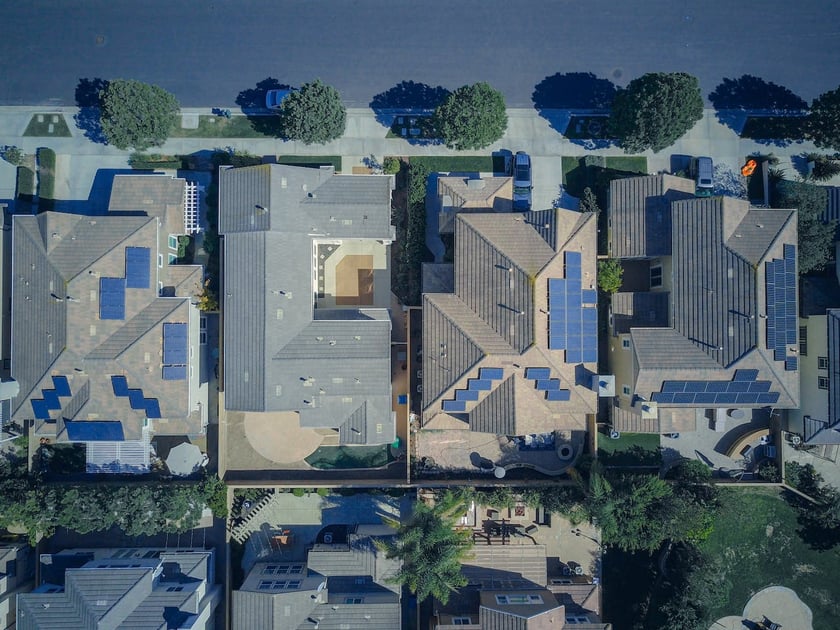Home Energy Alternatives: Batteries Included
November 3, 2023 •Brian Hogan

Solar panels are becoming more and more common on roofs across the globe, but their main drawback is that they can be very costly. A new innovation seeks to address that shortcoming and increase the financial return on solar energy.
Solar energy is now feasible in almost every environment. Panels now produce more power per square foot of surface area and cost half as much as they did ten years ago. Furthermore, they aren't limited to fresh builds. Solar energy can be a wise addition if you're improving the thermal performance of your house with improved insulation, energy-efficient windows, and proper air sealing.
However, solar power can only produce electricity during the day, when most people need it the least, regardless of how efficient the home is. It's wasted energy if the utility won't purchase that extra power from you. That was the case, at least in the past.
Now, homeowners have the option to use affordable household batteries. The extra electricity produced during the day is retained by the battery cells, which subsequently release the stored energy for usage at night. Battery capacity from manufacturers including LG, Panasonic, Samsung, Sonnen, and Tesla ranges from 4 to 12 kilowatt-hours (kWh).
In certain utility markets, a battery investment will pay for itself more quickly than in others, according to EnergySage, an online energy marketplace. Of course, it makes money when the utility refuses to purchase the excess electricity. Still, there may also be good financial returns when customers pay higher rates at specific hours of the day. The house can use its battery to generate free electricity during specific periods rather than the grid. The switch is controlled by software, and nobody ever notices.
However, you can use this technology without regard to time-of-day pricing; in any market, a battery can reduce the monthly electric cost of a home equipped with solar power. It can be set to provide the entire home with electricity for a few hours during the evening hours when there is little to no sunlight and electric consumption is at its peak.
Having household batteries on hand is also a bright idea in case of a blackout. Anywhere, at any time, a storm, a fallen power pole, or a ransomware assault may bring down the electrical grid. If so, a single 4 kWh battery could power a few lights, a freezer and refrigerator, and enough outlets to accommodate everyone's electrical devices for up to 12 hours.
Homeowners have warmed up to these advantages, which is not surprising. According to Greentech Media Research, sales of household batteries in the US increased five-fold between 2017 and 2018. Even in the second quarter of 2020, when a widespread economic lockout momentarily halted sales of solar panels, household battery manufacturers recorded growth.
It should be noted that some rewiring will be necessary in the house if you need the battery to serve as backup power during blackouts. The price of household battery power will vary based on the type of home and the circuits you choose to power. Together with the electrician, your remodeler can design the most economical option.
In summary, home battery technology has a bright future, even if it is still relatively young. It is expected to become a more popular option than before in the coming years due to improved performance and decreased equipment prices.
To learn more about our design-build process, home-related tips, trends, and advice from Hogan Design & Construction, subscribe to our monthly e-newsletter, read our blog, check out our growing library of remodeling checklists, or follow HDC on Facebook and Instagram. To get your own project started, contact us today.

